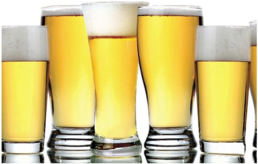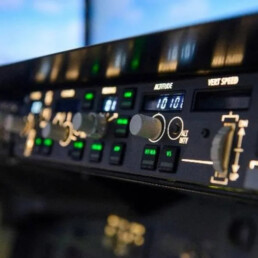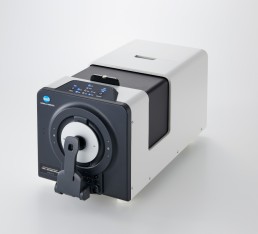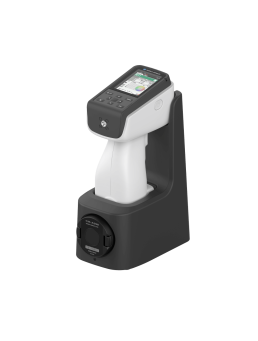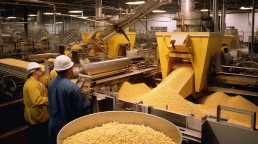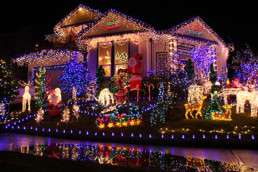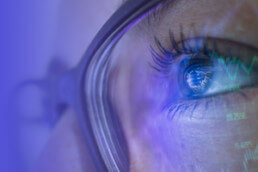Analyzing the Color of Beer with Spectrophotometry
What is the color of beer?
With the naked eye, it is obvious that beer ranges in color from a translucent light yellow color and to a dark brown, almost black opaque color. The beer color is determined by a multitude of different factors in the chemistry of its makeup and ingredients; which makes it difficult to predict in advance.
Previously, the final color was given a number that corresponded to something known as the Series 52 Lovibond Scale by matching it to a set of colored glass. There were a few problems with this method, one being that the hue of the glass was not always uniform from being manufactured at different factories. Also, relying on a visual evaluation proved to be somewhat inaccurate due to varying perceptions and instances of colorblindness. Due to these inconsistencies, this standard of measurement was eventually abandoned.
What is SRM in beer?
Beer color is still routinely analyzed and assessed using a specific scale known as the Standard Reference Method. The American Society of Brewing Chemists started using this method in 1950. Major breweries have a stricter color requirement than craft brewers, but also have fewer instances of color changes since they continually manufacture the same beers.
In order to determine the beer SRM, a spectrophotometer is used to measure the depletion of light at wavelength 430 nm through a cm undiluted sample of beer. The beer is then assigned an SRM degree ranging from 2 to 40+ to grade its color intensity, with 2 as the lighter spectrum of beer and 40+ as the very darkest of beers.
For home brewers without a beer spectrometer, a visual reference card was created to match to the beer. The card is printed on photographic paper and is pretty accurate for comparison of color to the SRM scale. The scale also correlates each color to common beers in order for people to understand where a certain type of beer should fall on the beer color scale. For example, a 2 would most likely fit the color of a pale lager and an example of its color would be a Michelob Ultra (with an actual rating of around 1.7.) whereas a Guinness would have a rating of around 40.
Almost all large-scale breweries do rely on a spectrophotometer to determine the exact color of the beer they are producing. This ensures the beer adheres to a quality standard as well as guaranteeing that different batches of the same beer are equal in color to each other.
Our products such as CM-5 and CM-17d can help can help the brewing industry improve their quality control processes by quickly identifying any deviations in expected color, allowing real-time adjustments during production to maintain color consistency. Ensuring not only superior quality, but also optimization of operational efficiency, reducing costs.
